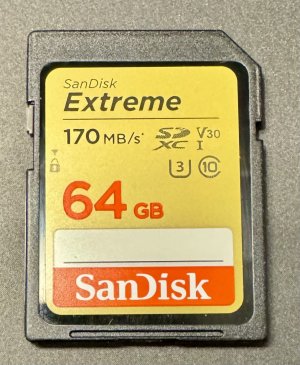Hi Will,
Your estimate of 90% is probably right for good DSLRs. In addition to the 8-bit JPEG vs. 12-bit DNG files, I personally don't prefer the idea of uncompressing and recompressing image files (unless it uses lossless compression algorithm). The using of different RAW editors is similar to the use of different types of developer on film. This is how I drew the parallel between RAW files and negatives. As I have already gone down the M246 route, I would try to squeeze every bit out its output (instead of limiting myself from the get go and shoot JPEG). Hope this helps explain my choice of working practice and workflow. Thanks for sharing of your thought, though.
John



